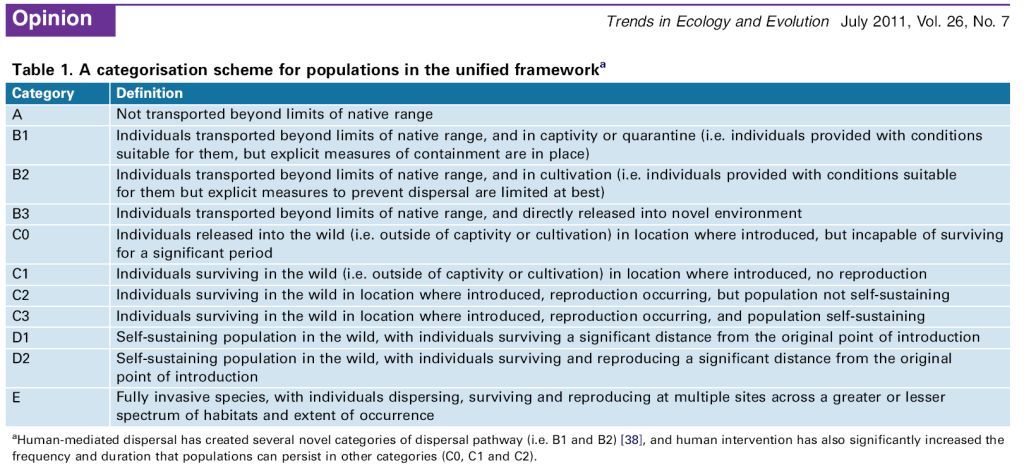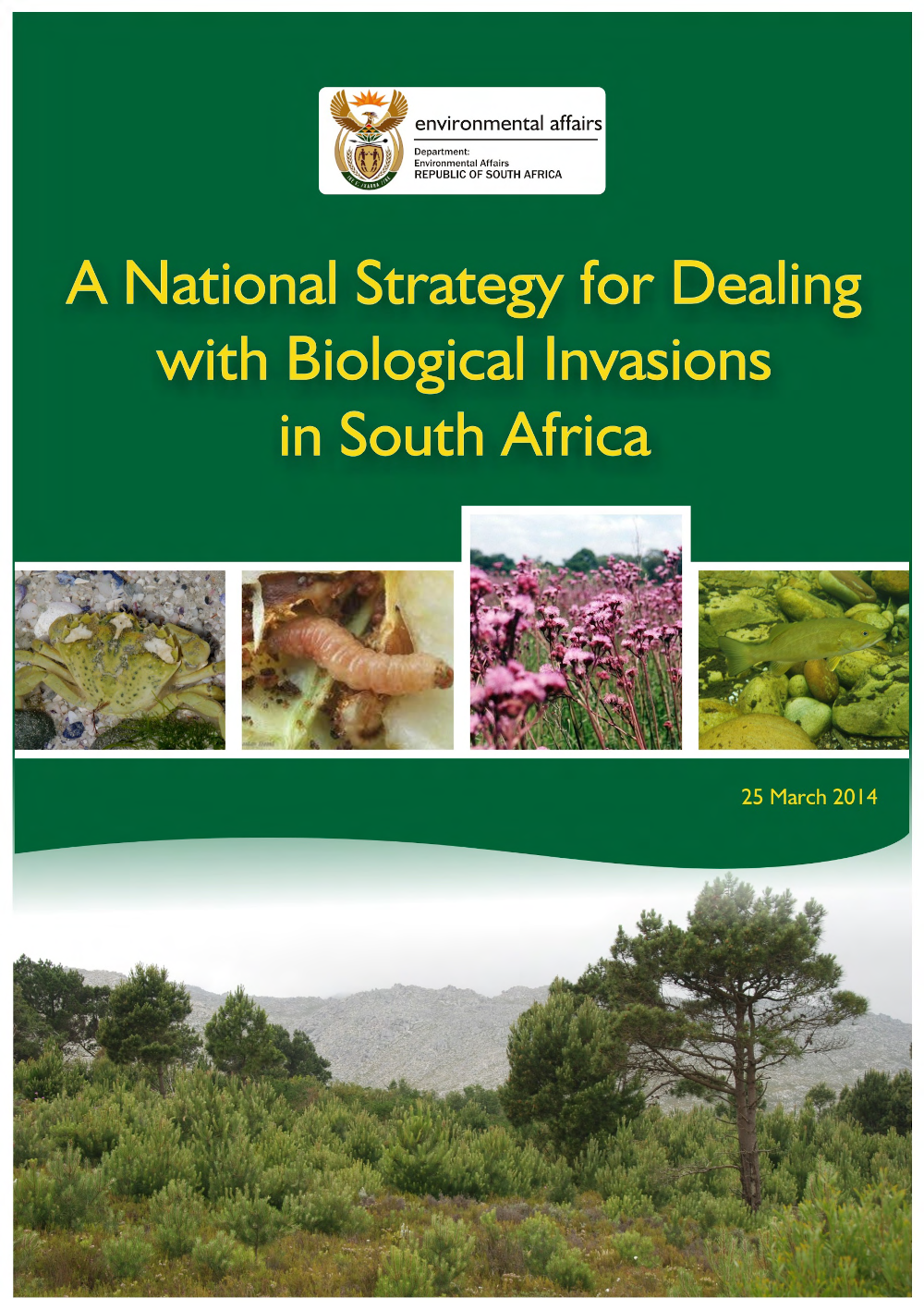Introduction
Biological invasions represent both a fascinating test of ecological and evolutionary theory and a major challenge to natural resource management. As such they provide an important opportunity to do fundamental research that has outcomes with direct relevance to management and policy. I have a couple of specific research interests:
Post-border assessments and determining eradication feasibility
Even with no new introductions, the number of biological invasions in South Africa will increase as introduced species naturalise and become invasive. As of 2010 South Africa had ~8,750 introduced plant taxa, 660 naturalised, 198 included in invasive species legislation, but only 64 subject to regular control, a major invasion debt. This invasion debt can be reduced by detecting, evaluating and eradicating invasions. It also presents an opportunity to look at the mechanisms behind invasions. Why are introduced populations not more widespread? While citing the existence of a lag phase or Allee effect is tempting, the lack of spread may often simply be a functional of the number of individuals that were introduced and various factors restricting spread.
Acacia paradoxa has invaded the northern sections of Table Mountain (D2) and is targeted for eradication. Clearing teams are systematically surveying the area for new plants. See Zenni et al. 2009 (http://dx.doi.org/10.1016/j.sajb.2009.04.001) and Moore et al. 2011 (http://dx.doi.org/10.1111/j.1472-4642.2011.00809.x)
Post-border assessments and determining eradication feasibility (part 2)
As part of work funded by the Department of Environmental Affairs, we are working on providing the scientific basis for regulations and developing eradication plans where it is feasible. Specifically we are assessing:
- new records of introductions or naturalisations
- taxa that are considered a threat but are not regulated because of lack of information or a conflict of interest (Table X under CARA, proposed SUSPECT List “Species Under Surveillance for Potential Eradication or Containment Targeting”); and
- taxa where nation-wide eradication is indicated in national legislation (59 taxa are listed as category 1a on the continent under the 2014 NEM:BA A&IS regulations, and a further 11 taxa only on South African islands).
For a copy of the position paper, click here.
Developing risk assessment processes for introduced species
Much progress has been made in creating scientifically based lists of species that are of conservation concern including the red listing process. Similar attention is urgently needed to defining biological invasions. There are several important challenges, e.g. defining cultivars, determining search effort, understanding historical databases.
Reporting on the state of biological invasions
A key challenge in invasion science is to develop a standardised system to monitor and report on the state of invasions. In response to this need, South Africa has committed to producing a National Status Report on Biological Invasions by October 2017 and thereafter every three years. This will link closely to the national strategy, and in particular will concentrate on biological invasions from the different perspectives of areas, pathways, and species.





